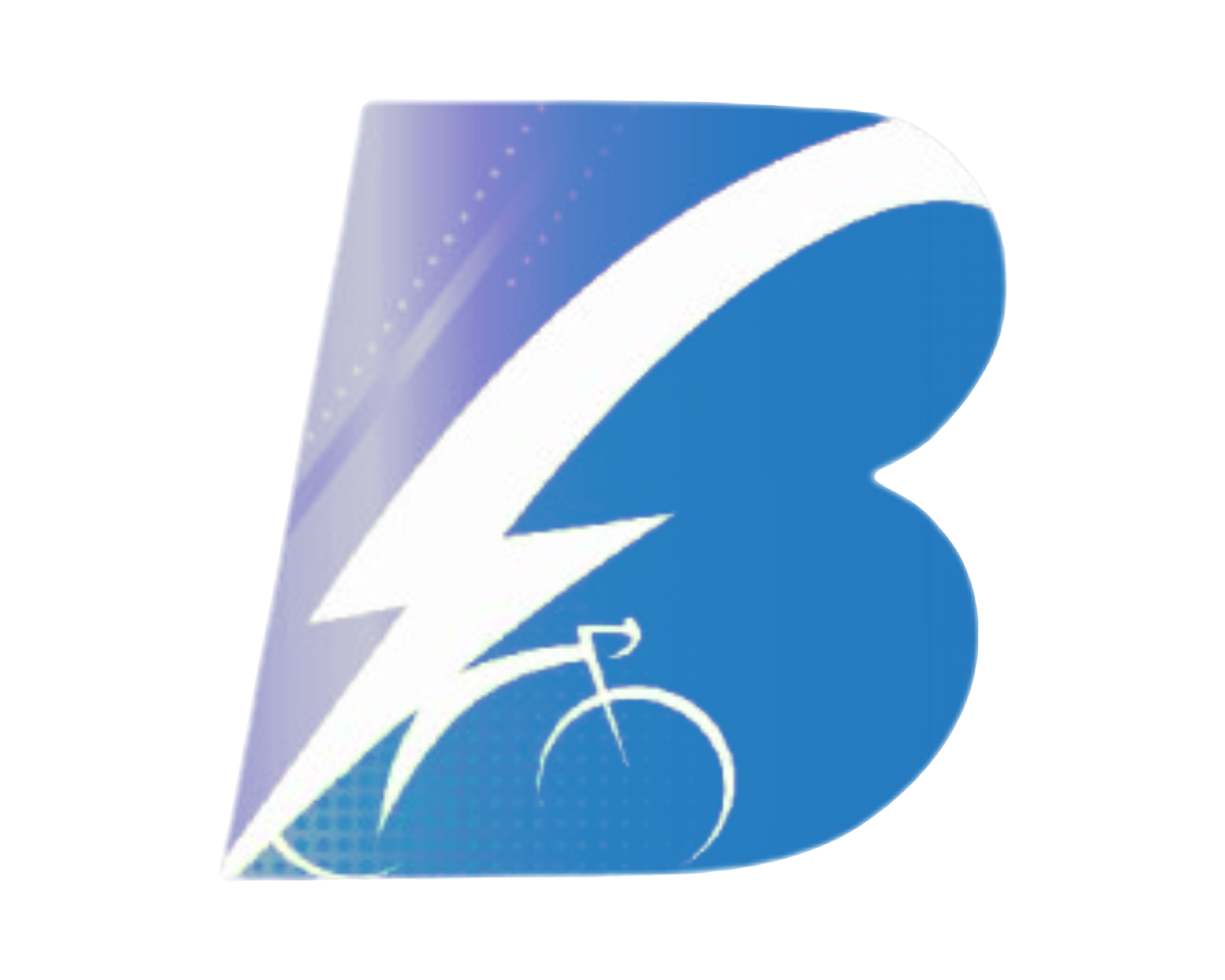E-bike Battery Systems – What Is The Voltage, Amp And Watts?
What Is Voltage, Amp And Watts?
Modern e-bike geometry incorporates the battery into the frame. The batteries are the most important part of the e-bike, because (if you don’t do any peddling) they contain all the power that will drive you along.
E-bike batteries can be extremely confusing; you will see a discomforting number of descriptions such as 36 volt or 10amp hour or 500 watt-hours, it’s like another language! What’s the most important thing to decipher is what do these differing battery measurements mean about the performance of an e-bike?
Our goal is to simply navigate you through some of the “ fog” so that you can see things clearer on the other side.
No time to waste – let’s look at what the hell these definitions (Amps, Volts & Watts) mean and what they do for e-Bikes.
Volts (V) a.k.a Pressure
BIG TANK – SMALL TANK ( water pressure)
Think of battery voltage as the electric ‘pressure’ in the battery to push electrons around the bike’s motor system. This pressure provides the power.
The ability of a battery’s voltage to push current through a system is likenend to water pressure to push a fluid around a system of pipes.
Hub motors, which place the electric motor in the centre of a bicycle wheel, are certainly the most common form of electric bicycle motors.
One of the advantages of E-bikes with hub motors is that as you increase the voltage, you will notice an increase in speed and to some degree, increase hill climbing ability.
Motors are made to operate within a speed range (example 0 – 70km/hr) and those with high-speed motors, operate on high voltages. Commonly e-bikes run on 36V or 48V systems as these voltages match the power and speed requirements of legally rated e-bikes (speed limits are defined by national or state law, depending on where you live). To prevent a radical and unlikely shakeup in e-bike laws across the world, the industry has primarily settled on one of these two voltages for e-bike batteries – and this isn’t likely to change any time soon.

Please do not get too hung up on battery voltages. As we have said already most systems are 36V or 48V and there are many other factors that affect the performance of an e-bike other than voltage.
E-bikes with 36V or 48V batteries will have other parts of the system like the motor and motor controller chosen to match the voltage. Clearly there are other factors at play in producing a powerful e-bike aside of voltage.
Amps (A) and Amp Hours (Ah)

Amps are often compared to the amount of water that can flow through a pipe
Amps is a measure of the current any electrical device is drawing. Pressing hard on the pedals or using the full throttle on an e-bike will mean many more amps are drawn from the battery to make the motor work harder. On e-bikes this is in the low tens of amps at peak power.
To simplify so you may understand.
If voltage is likened to water pressure, then amperage is likened to the flow of water through a pipe.
As a large bore pipe can carry more water so a larger wire can carry a bigger current.
This is not really the whole picture though.
- higher water pressure (higher voltage) means a quicker flow through the pipe (more electricity passing along a wire).
- So, a high voltage system with large wiring can deliver more power than a smaller voltage system with thin wiring.
But this is all rather theoretical. A measurement you are more likely to see on a battery spec is the amp-hour rating of a battery (you may also see batteries rated in amps but what they are usually referring to is amp-hours). It is a measure of capacity – in theory a 10Ah battery can provide 1 amp of power for ten hours or 10amps for 1 hour (though in the real-world batteries come with all sorts of performance limits).
So, you might suppose that a 20Ah rated battery has twice the capacity (and twice the range under the same conditions) as a 10Ah rated battery. This is true only for batteries of the same voltage and so amps and amp-hours are not really that helpful to e-bike buyers. E-bike buyers wanting to compare the capacity of batteries (and large capacity usually means a long-range before recharging is needed) really need to look at watts and more specifically watt-hours.
Hope your still out there, not long to go
Watts (W) and Watt Hours (Wh)

Electrical power (and much other power including human power) can be measured in watts. Watts (W) on their own are usually applied to e-bike motors; a typical e-bike motor is rated at 250W or 300W though this is really an average (and even then it doesn’t really tell us much about the true power of the motor as there is no agreed standard for power output of motors). Peak power for motors, reached briefly on the steepest of hills for example, can be several times the manufacturers rating.
Watts can be calculated by multiplying volts and amps, so a 36V rated motor drawing 10 amps is consuming 360W of power (fairly modest in today’s e-bike performance terms).
But for battery figures what matters above all are Watt-hour (Wh) ratings – a measurement of battery capacity. A good analogy might be the size of a gas tank on a motor vehicle. This is really what most potential e-bike purchasers are interested in – how big is the battery and so how far will the e-bike go on a single charge. Wh measures the energy in a battery and is found by multiplying the Ah rating and voltage rating. A 48V battery rated 10Ah has a capacity of 480Wh. Again in reality you will see slightly different figures bandied about depending on exactly how the manufacturers have calculated their battery capacity, but Wh is the best comparison of battery ‘size’ and energy capacity when comparing battery capacity between different e-bikes with different batteries.
Lithium-ion batteries are expensive and expensive to replace (all of them eventually wear out though it may take several years) and the bigger the battery the more expensive it is. They add weight, so, if handling the bike easily when not riding is important, the biggest battery may not be the right choice. You may simply not need the extra range of a larger battery if your riding needs are more modest; you are in effect wasting money and adding unnecessary weight by buying too big a battery.
Whatever the specifications are there is a significant yet badly represented element to your choice. The company you choose and their ability to provide you with after sales service beyond everyone else. Make sure whomever you buy an e-bike from ( and I hope it is Blade eBikes) make sure there is no bullshit before you buy. We are here to help you …………always, and remember
Live. Ride. Conquer.

